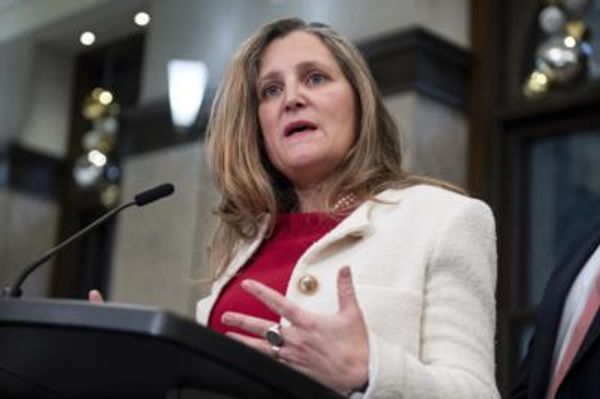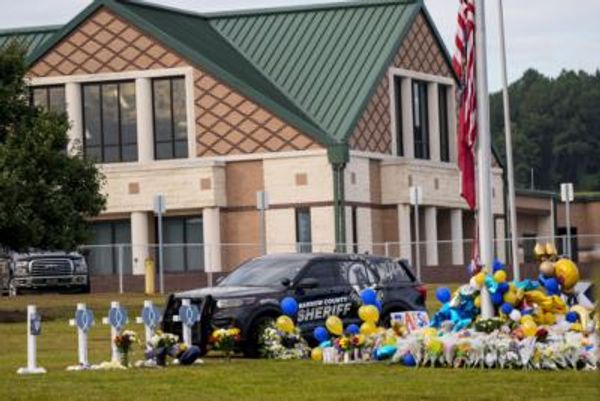
Mental health experts are urging a rethink of Australia’s broken mental health system, with new data showing a surge of Australians reached crisis point across the pandemic. Experts say the high number of people needing emergency intervention exposed huge cracks in Australia’s mental health support system.
While the federal government increased some support services during lockdowns, such as the number of psychology sessions available under Medicare, a recent study showed there were still gaping holes in the system.
“It’s an ongoing crisis,” Ian Hickie, co-director of health and policy at Sydney University’s Brain and Mind Centre, told Crikey.
“There’s a lot of talk about the pressure on emergency departments and the hospital system … but not specifically about the extent of which it is underpinned by mental health problems,” he said.
Suicide-related ambulance calls rose by more than 50% during COVID-19, according to a recent pre-print study (which is yet to be peer-reviewed). The research suggests that while Australia’s suicide rate plateaued during the height of the pandemic, mental distress didn’t — with more people reaching crisis point and seeking emergency attention.
Hickie said the data showed a worrying trend: those who attempted suicide were at increased risk of future attempts of suicide, along with an increased risk of premature death from all causes.
“It’s not only temporary, it’s been ongoing,” he said. “Earlier and effective intervention are the key to better outcomes.”
Experts say Australia’s mental health crisis has been deepening since before the pandemic, exacerbated by COVID-19, the high cost of living and climate change. The surge in demand for mental health services during the pandemic was largest among young people and women with low incomes and assets or who were subjected to domestic violence, many of whom weren’t connected with ongoing care due to long wait lists and unaffordable out-of-pocket costs.
What the new research doesn’t show is what happens to people once they arrive at hospital. Australia’s mental health system is fractured, with many lost to the “missing middle” — not eligible for disability-related services but not at a point of needing hospitalisation.
If taken to hospital, many mental health patients are often not seen for hours or are sent home without the support they need. The problem is made worse by long wait times for psychologists and psychiatrists in the public and private sector.
Lack of support programs
CEO of Community Mental Health Australia Bill Gye told Crikey the “missing middle” in mental health care has been exacerbated following the implementation of the National Disability Insurance Scheme (NDIS).
“The NDIS is a wonderful thing … but many of the states and the Commonwealth closed down a lot of all those background support programs,” he said.
“There are a couple of hundred thousand people out there who are in what we call the ‘oasis in the desert’ … where the level of [mental health] support dropped over the last seven years, right at a time when mental health issues and distress were growing.”
Gye said mental distress has been on the rise since before the pandemic. His ongoing research has shown the main stressors are finances, housing, employment, discrimination and stigma, and climate change.
Community mental health services allow for early intervention, which takes the pressure off emergency services and hospitals. Having to call an ambulance for help is not ideal for a number of reasons, Gye said. Firstly, it’s often family or friends who find someone after a self-harm attempt and have to intervene, causing trauma. An ambulance attracts attention — which can cause feelings of stigma for the person in distress. People often downplay their ideation once taken to the ER — or up-play it because it’s the only way they’ll be admitted for services. Finally, many clinical services don’t have adequate mental health services.
“Overall, it’s just not a pleasant experience whereas there are much less dramatic interventions that just as effectively could be done,” Gye said.
He pointed to Adelaide’s Urgent Mental Health Care Centre as an alternative model, which is peer-led and allows people to be seen immediately without waiting for a psychiatrist or triage.
Slipping through the cracks
The author of the pre-print study, senior lecturer in psychiatry and mental health at UNSW Daniel Lin, told Crikey the leap in calls was “quite obvious” — especially in Victoria. The rates dropped again in 2021.
More people may have called ambulances due to disruption in regular services, or due to a heightened awareness of mental health issues, the study notes.
Data on suicide rates showed no significant increase across the pandemic. While there was an increase in people arriving at the ER with self-harm or suicidal ideation, this data doesn’t capture those who arrived at the hospital but left before being triaged or admitted.
“Previous studies usually focus on fatal suicide … and we thought it might be better to capture the spectrum of suicidal severity,” Lin said.
Those who are not deemed an immediate risk by hospital staff are often referred to a GP or community-based health service — but, Lin said, the majority of people who die due to suicide have never seen professional help.
For anyone seeking help, Lifeline is on 13 11 14 and Beyond Blue is 1300 22 4636.







